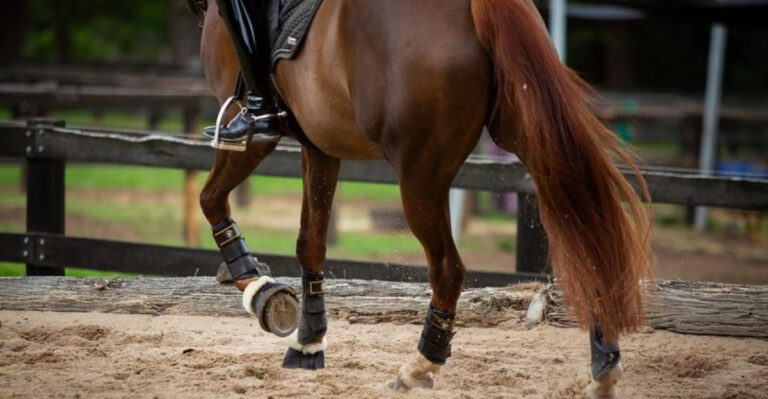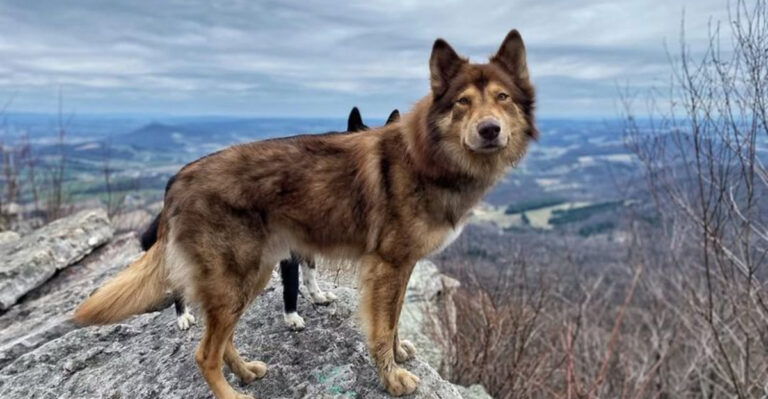7 Dogs That Struggle To Find Homes And 7 That Keep Getting Returned To Shelters
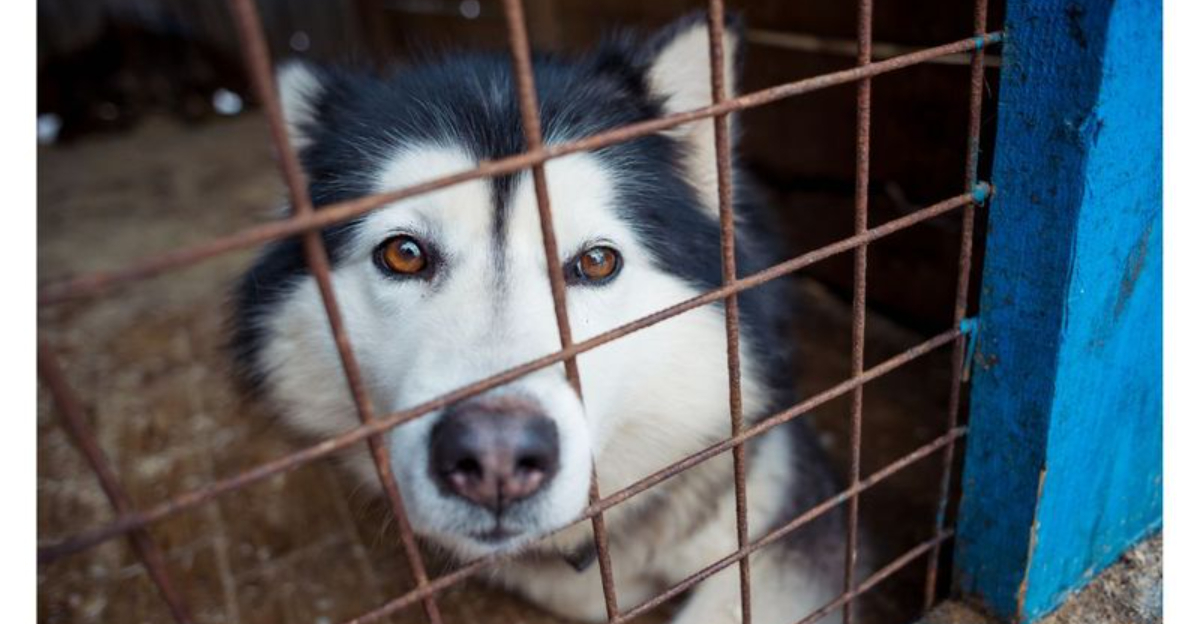
Finding forever homes for shelter dogs isn’t always a walk in the park. Some pups face extra hurdles due to their appearance, size, or behavioral quirks that potential adopters find challenging. Other dogs repeatedly end up back at shelters when families discover the reality of ownership doesn’t match their expectations.
Understanding these patterns helps shelters better prepare adopters and gives these deserving dogs a fighting chance at finding their perfect match.
1. Black Beauties Left Behind

Ever heard of “Black Dog Syndrome”? It’s a real phenomenon where darker-coated canines wait significantly longer for adoption than their lighter-colored counterparts.
Shelter lighting often doesn’t do these ebony pups any favors, making them harder to photograph well for adoption websites. Their facial expressions can be tougher to read in dimmer conditions, creating an unfair disadvantage.
2. Senior Sweethearts Overlooked
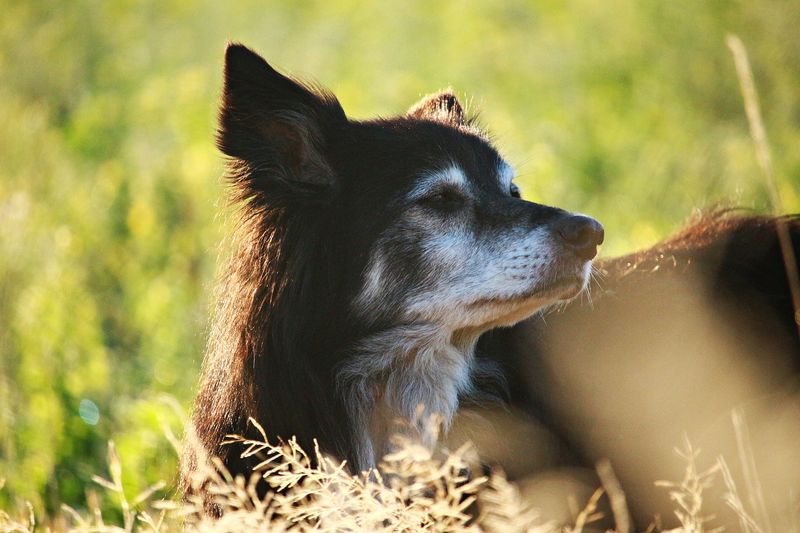
Gray muzzles and slower walks shouldn’t mean these dogs deserve less love. Yet seniors (typically 7+ years) often languish in shelters while puppies find homes quickly.
Many potential adopters worry about medical costs or limited time together. What they miss is the incredible gift of a senior dog – already trained, calm, and infinitely grateful for a soft place to spend their golden years.
3. Bully Breeds Battling Prejudice
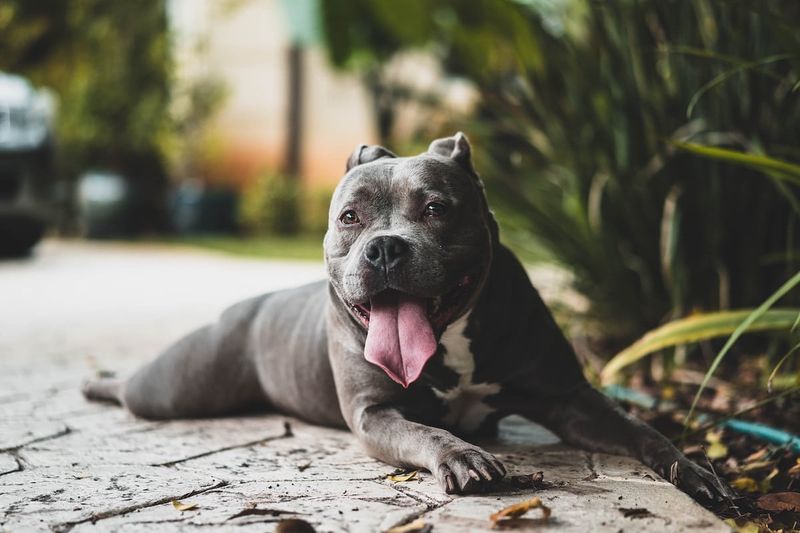
Muscle-bound with block heads and big smiles, pit bulls and similar breeds face unfair stereotyping that keeps them kennel-bound. Rental restrictions and breed-specific legislation create additional barriers.
Statistics show these loyal companions score exceptionally well on temperament tests. The reality? Most are affectionate family dogs whose greatest threat is possibly drowning you in slobbery kisses.
4. Special Needs Superstars
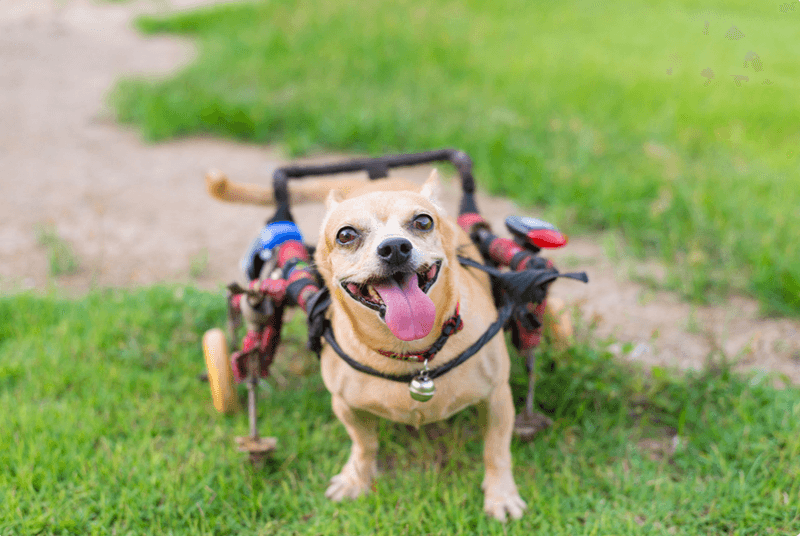
Missing a leg? Blind? Deaf? These extraordinary pups often wait months or years longer for adoption than their fully-abled counterparts.
What potential adopters don’t realize is how incredibly adaptable dogs are. Three-legged dogs run with joyful abandon, while blind dogs map their surroundings with astonishing precision. These resilient souls often show the greatest appreciation for the smallest kindnesses.
5. Shy Wallflowers Waiting Patiently
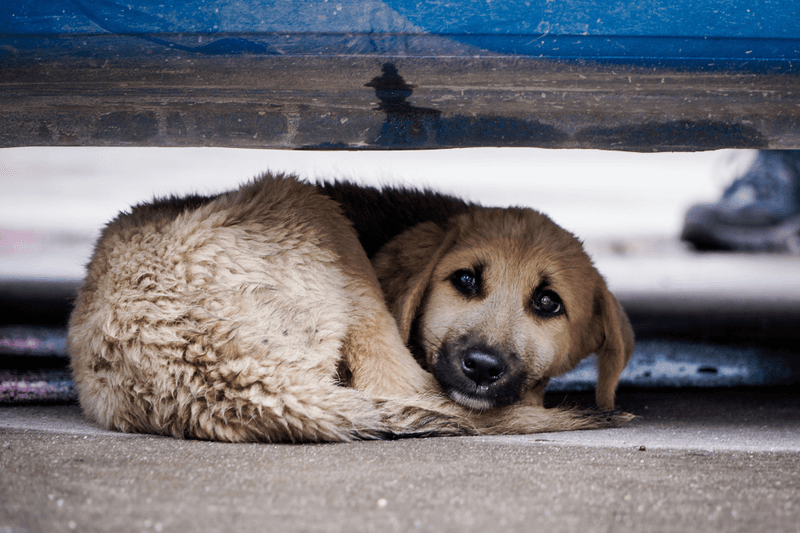
Cowering in the back of kennels, these timid souls make terrible first impressions. Their fear-based behaviors stem from past trauma or lack of socialization, not inherent personality flaws.
Given time and gentle handling, these diamonds in the rough often blossom into the most devoted companions. Their transformation from fearful to faithful is a rewarding journey that many potential adopters never get to witness.
6. XL Pups, Tiny Housing Options

Gentle giants like Great Danes and Mastiffs face a simple but significant hurdle: their sheer size. In a world of apartment living and small yards, these substantial snugglers struggle to find suitable homes.
Ironically, many large breeds require less exercise than their smaller counterparts. Most are content being couch potatoes! Housing restrictions and misconceptions about space needs unfairly limit these big-hearted companions’ chances.
7. Seniors With Medical Mysteries
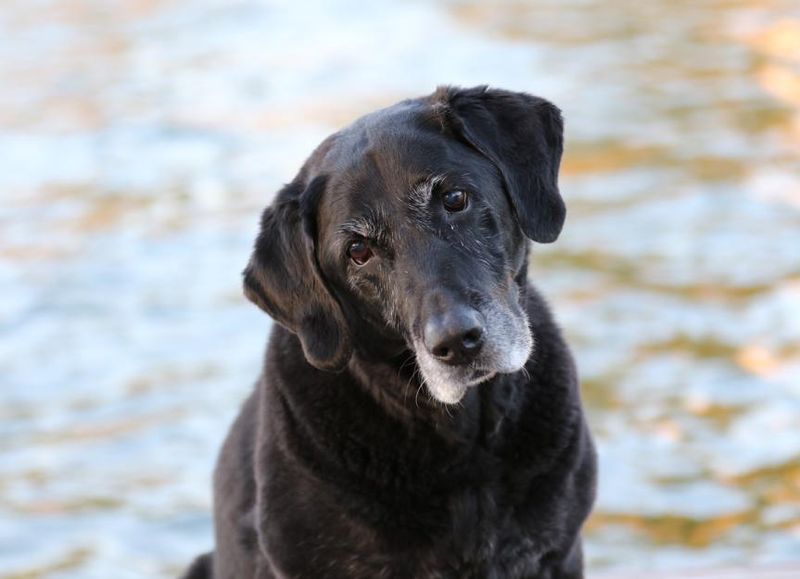
When gray muzzles come with prescription medications, adoption chances plummet dramatically. Dogs with manageable conditions like diabetes, seizures, or thyroid issues often face euthanasia simply because treatment seems daunting.
What many don’t realize is that these medical needs often follow predictable routines. Most conditions require simple, scheduled care that quickly becomes second nature to dedicated owners. The love returned makes any extra effort worthwhile.
8. High-Energy Huskies Heading Back

Those ice-blue eyes and wolf-like appearance make Siberian Huskies irresistible adoptions – until reality sets in. Their stunning good looks mask their true nature as working dogs with boundless energy and remarkable escape artistry.
Without proper outlets, these intelligent dogs become destructive and vocal. First-time owners often surrender them within months, unprepared for the daily exercise requirements and strong-willed personalities that come standard with this breathtaking breed.
9. Belgian Malinois: Too Much Talent
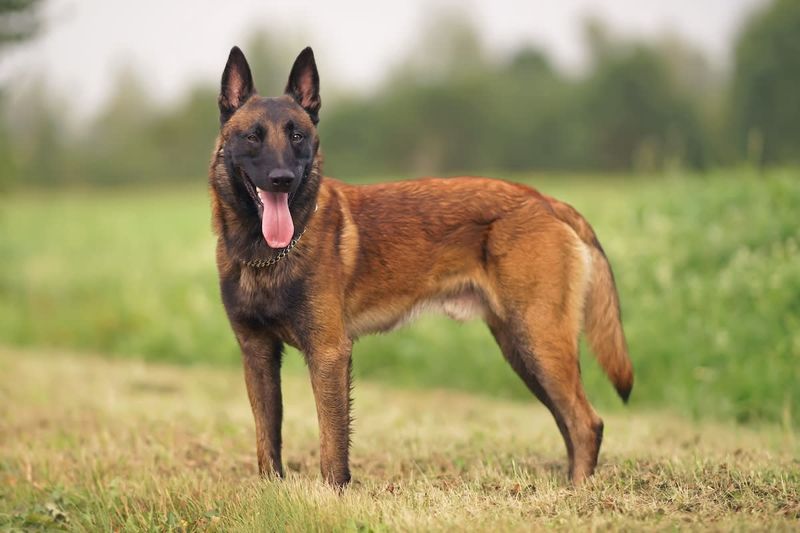
Watching police K-9s in action makes the Malinois seem like the perfect protection companion. Their intelligence and work drive are unmatched – which is precisely the problem in average homes.
Without constant mental challenges and physical outlets, these working dogs develop destructive behaviors from sheer boredom. Many are surrendered when owners realize they’ve adopted the canine equivalent of a professional athlete who never gets to compete.
10. Chihuahuas: Big Attitude, Small Tolerance
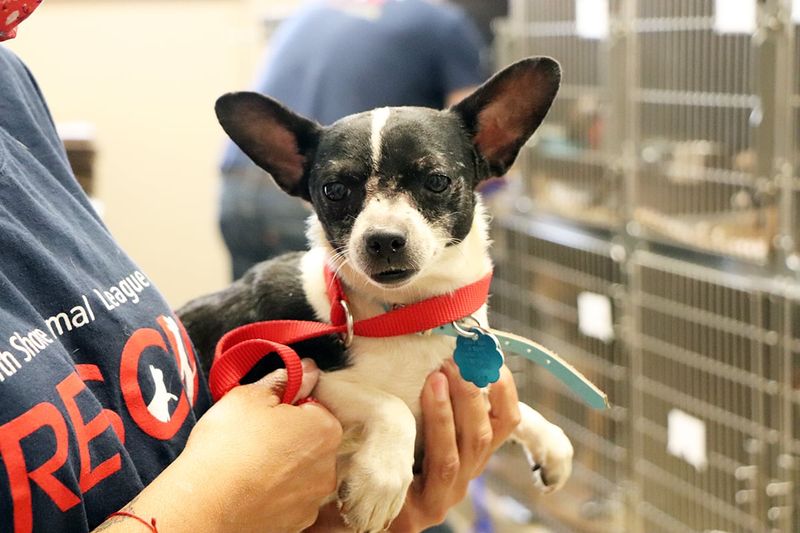
Tiny but mighty, these pocket-sized pups often bounce between homes due to misunderstood behavior. Their fierce loyalty to one person can manifest as aggression toward others – especially children who make sudden movements.
Many adopters choose them for their convenient size without researching their temperament needs. Proper training and socialization are frequently neglected because of their small stature, creating adults with outsized behavioral issues that lead to shelter returns.
11. Border Collies: Too Smart For Suburbia
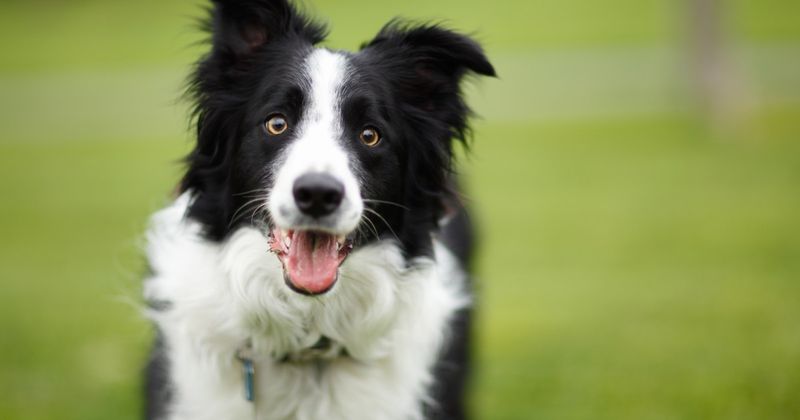
Ranking among the most intelligent breeds, Border Collies quickly outsmart unprepared owners. Their problem-solving abilities and intense work drive evolved for controlling sheep – not lounging in suburban living rooms.
Without proper mental stimulation, they create their own jobs: reorganizing your garden, herding the children, or dismantling furniture with surgical precision. Many are returned when families realize weekend walks aren’t nearly enough to satisfy these canine Einsteins.
12. Jack Russell Terriers: Perpetual Motion Machines

Cute as buttons but wired like race cars, these compact terriers exhaust their owners with never-ending energy. Their hunting instincts remain fully intact despite their domestic setting.
Adopters charmed by their small size and adorable faces are often unprepared for their tenacity and stamina. When daily two-hour exercise sessions become unsustainable, these pint-sized powerhouses frequently find themselves back in shelters, labeled as “too much dog.”
13. German Shepherds: Protective To A Fault

Loyalty runs deep in these intelligent guardians, but without proper socialization, their protective instincts can become problematic. Many families surrender them after failing to establish clear leadership and boundaries.
Their natural suspicion of strangers requires careful management from puppyhood. When untrained shepherds begin making their own security decisions about visitors or neighborhood children, overwhelmed owners often return them to shelters, citing aggression issues.
14. Beagles: Nose-Driven Noise Makers

Famous for their exceptional scenting abilities, Beagles follow their noses with single-minded determination – ignoring commands, fences, and sometimes common sense. Their melodious howling, while charming in hunting fields, proves less endearing in apartments.
Many adopters underestimate both their vocal tendencies and their escape artistry. When neighbors complain about the concert-level baying or the third fence repair becomes necessary, these sweet-faced hounds often find themselves surrendered again.


